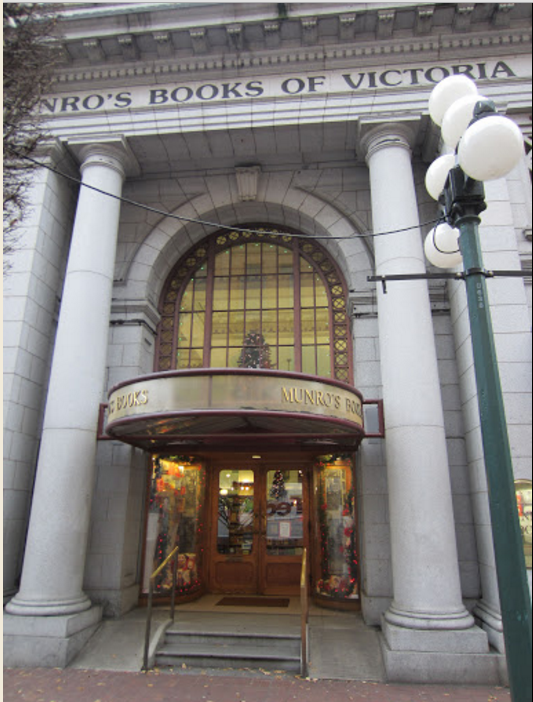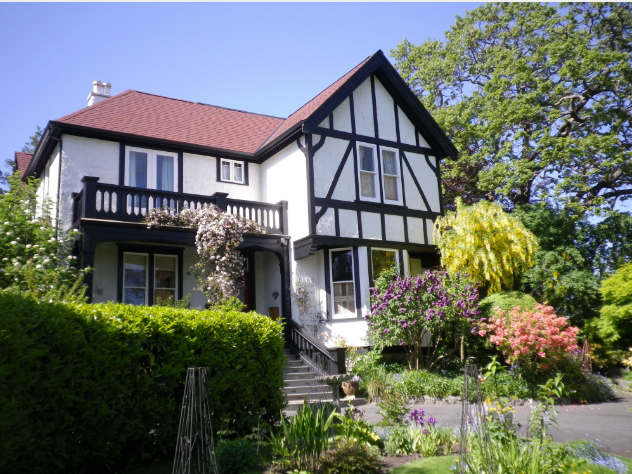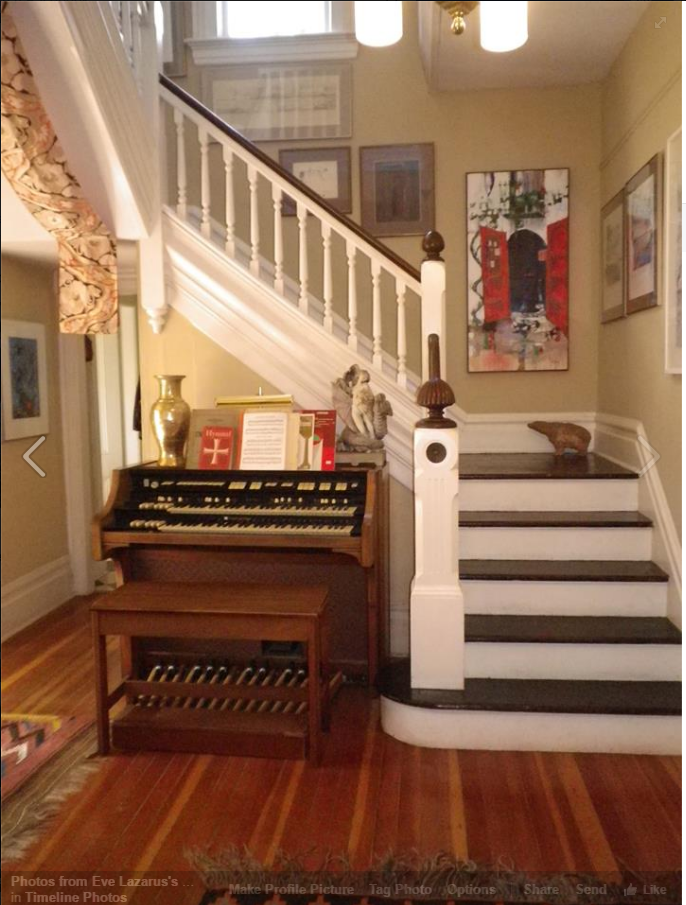We probably have more monkey puzzle trees in BC than in all of their native Chile. The quirky trees started arriving in gardens in the 1920s.
In 2012, I wrote a book called Sensational Victoria and one of my favourite chapters was Heritage Gardens. I visited and then wrote about large rich-people’s gardens like Hatley Park, and smaller ones like the Abkhazi Garden on Fairfield road built on the back of a love story. There was Carole Sabiston’s beautiful garden on Rockland Avenue anchored by a 100-year-old purple lilac tree, and the garden Brian and Jennifer Rogers created around their century-old Samuel Maclure designed horse stable. (Brian is the grandson of BT Rogers, the Vancouver sugar king, and another ardent gardener).

On the back cover of the book, there’s a photo of Nellie McClung standing in front of a giant monkey puzzle tree at the house she retired to at Gordon Head in 1935.
Lurancy Harris, the first female police officer in Canada, built her house on Venables in 1916. When I went to photograph it, the now two-storey house was dwarfed by a monkey puzzle tree that she’d planted in her front garden.
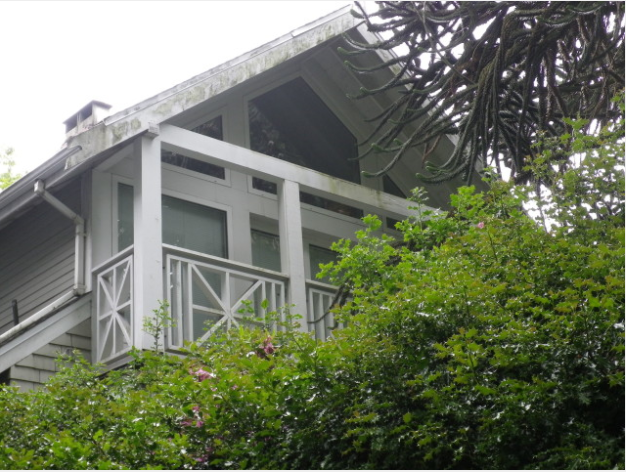
I’ve always had a thing for monkey puzzle trees—they seem to go particularly well with turrets, old houses and great stories. But I’ve never given them much thought until I was chatting with Christine Allen this morning about her upcoming talk for the Vancouver Historical Society next month. Christine—another Australian transplant—is a master gardener. She tells me that there was a huge craze for monkey puzzles trees here in the 1920s and 1930s.
“People were very proud of their monkey puzzle trees. It was so Victorian, they loved that kind of odd ball stuff,” she says. “There is a tiny post-war bungalow in my neighbourhood (Grandview) where somebody planted two massive ones on the south side of the house. That house gets no sun ever.”
Christine says the trees got their name because even a monkey would find it a puzzle to climb.

Christine says that another reason why these Chilean pines were so popular is because of Vancouver’s mild climate that allows us to grow anything from arctic tundra plants to palm trees.
But it’s not just people, towns are proud of them to. The tiny town of Holberg on Vancouver Island boasts the world’s tallest monkey puzzle tree. I have no idea how tall it is now, but in 1995 it was measured at 77 feet—that’s higher than a seven-storey building.
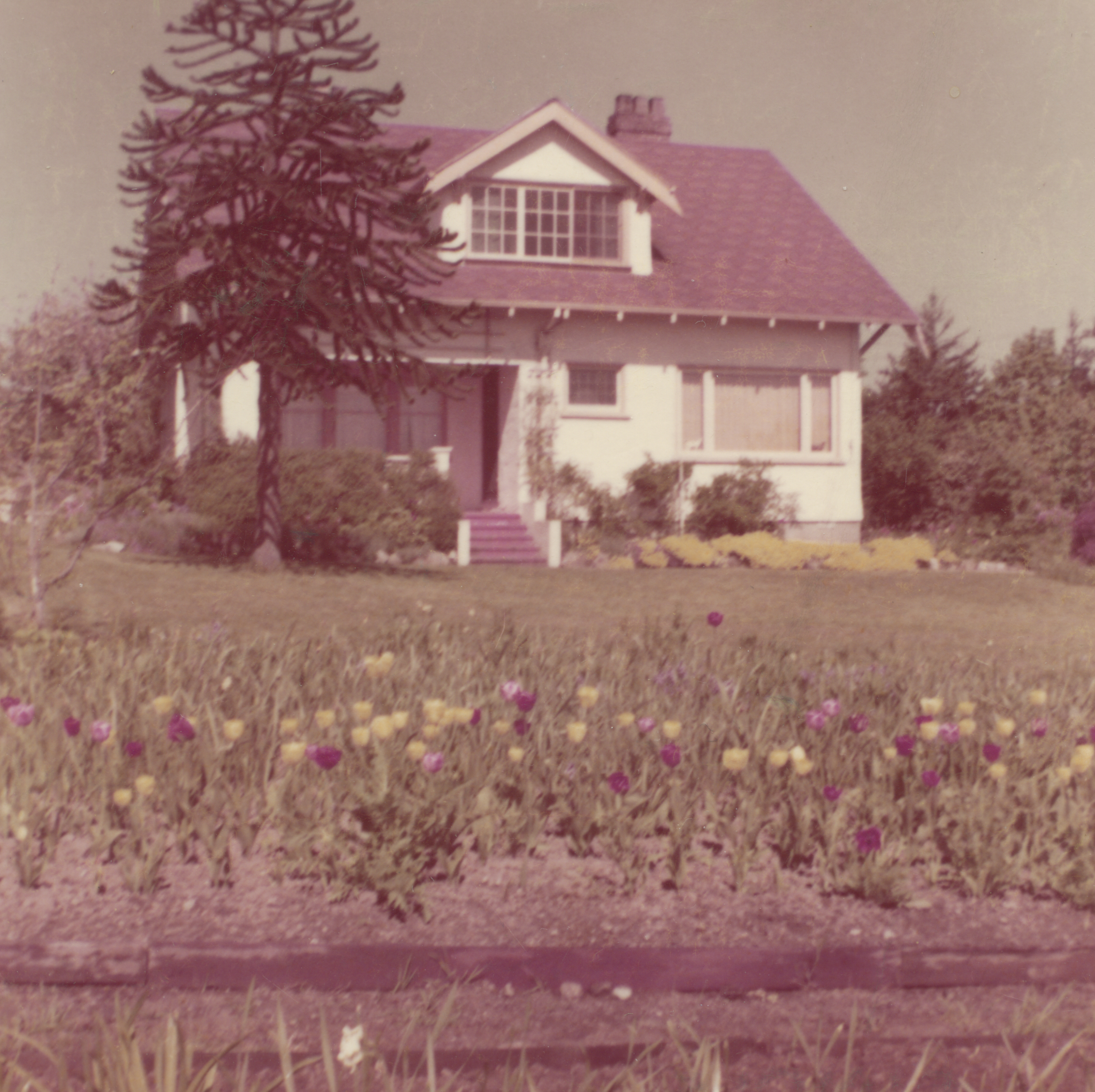
© All rights reserved. Unless otherwise indicated, all blog content copyright Eve Lazarus.



